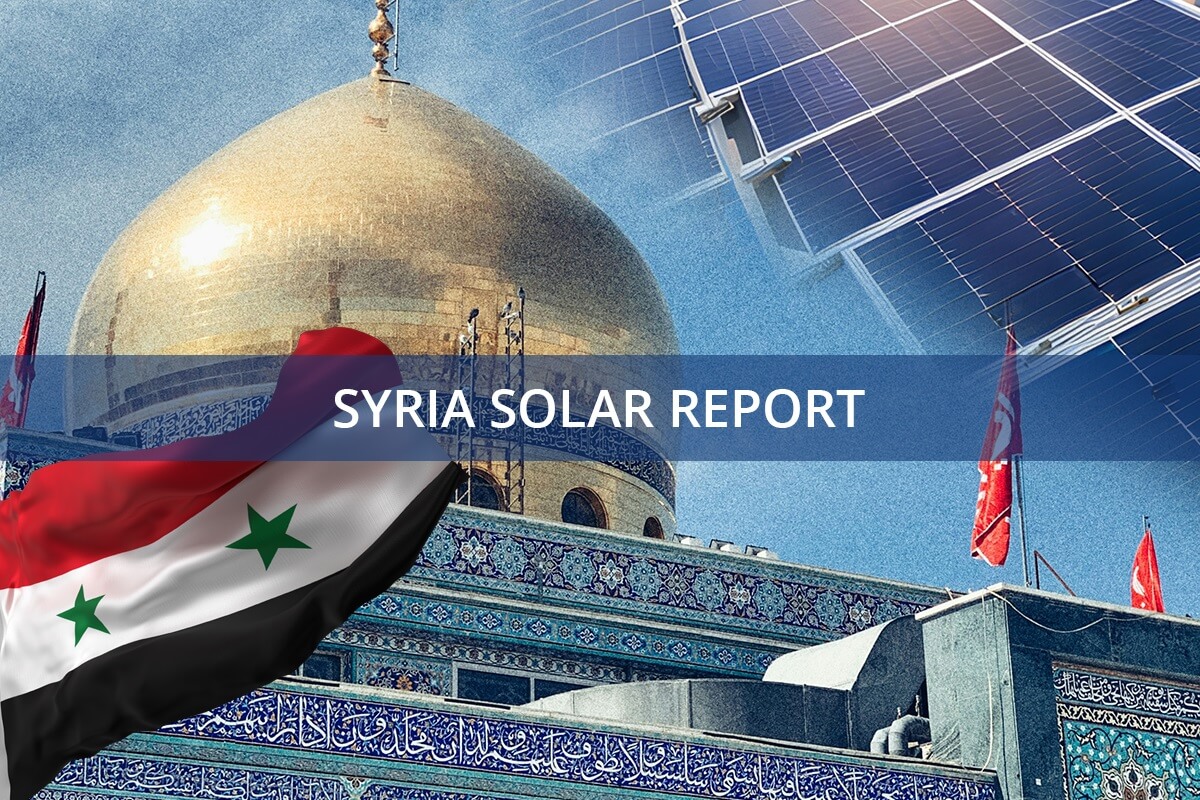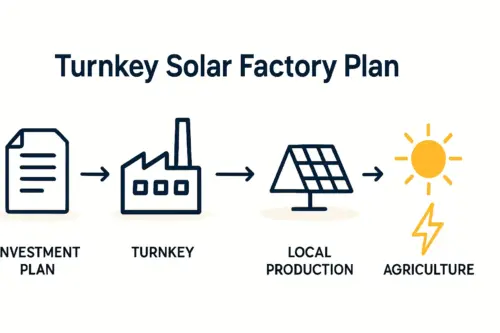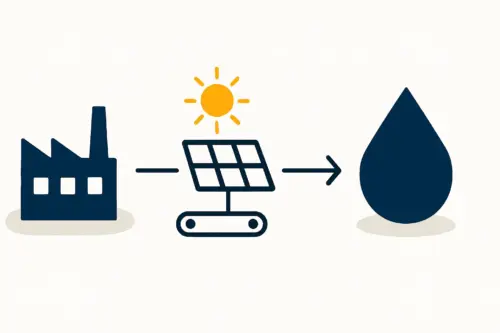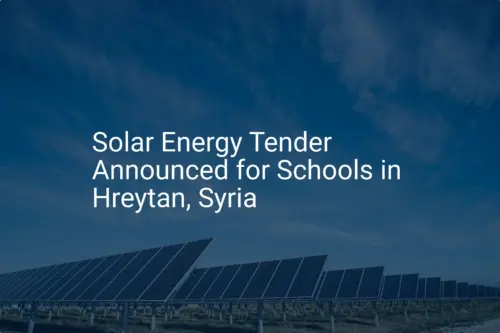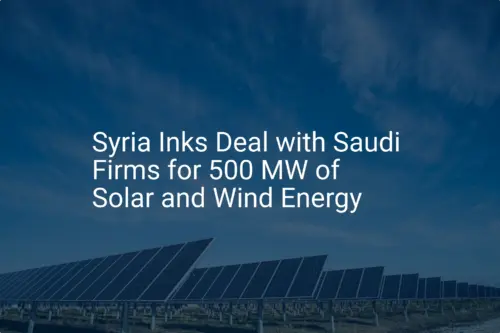An entrepreneur in a newly stabilized country sees the landscape not as mere land, but as opportunity. The sun is abundant, the grid is unreliable, and a growing population needs power for homes and businesses. The idea of a local solar module factory seems like a perfect solution—a profitable venture that also builds national resilience.
Yet, when this entrepreneur approaches traditional banks, the conversation quickly stalls. The perceived political risk, currency instability, and lack of established credit markets create a wall that standard financial projections cannot penetrate.
This scenario is a common one. While the technical aspects of setting up a solar factory are universal, the financial architecture required in post-conflict or fragile economies is fundamentally different. Standard models designed for stable markets fail to account for the unique set of risks and opportunities at play.
This article offers a guide to structuring investment and building a financial model for a solar manufacturing project in a market with significant political and economic uncertainty. It outlines how to navigate financing from development banks and private equity to build a venture that is not only profitable but also bankable and resilient.
Understanding the Unique Financial Landscape of Post-Conflict Markets
Venturing into a post-conflict economy requires a shift in financial thinking. The absence of established credit histories and high perceived political risk often excludes these markets from traditional private financing. Investors must contend with challenges rarely found in developed economies.
A major factor is local currency volatility, which can severely erode returns when repatriating profits in a hard currency like USD or EUR. A project that appears profitable in the local currency can become a net loss for international investors if the exchange rate moves unfavorably.
At the same time, these environments present unique opportunities. Post-conflict governments may offer significant incentives, such as extended tax holidays or import duty waivers, to attract foundational industries like solar manufacturing. However, these incentives can be subject to political change, adding another layer of risk that must be modeled.
Navigating this landscape is less like building on solid bedrock and more like engineering a foundation on shifting sands—it demands specialized tools and a deeper understanding of the terrain.
Key Pillars of a Resilient Financial Model
A financial model for a high-risk environment is not merely a spreadsheet of projections; it is a strategic tool for risk mitigation. The goal is to build a structure that can withstand political and economic shocks.
1. De-risking the Investment: The Role of Blended Finance
Blended finance is the cornerstone of successful projects in challenging markets. It involves strategically combining public or development capital with private capital. Development Finance Institutions (DFIs), such as the World Bank’s International Finance Corporation (IFC) or regional players like the African Development Bank (AfDB), are crucial. They provide concessional loans, financial guarantees, and political risk insurance that ‘crowd-in’ private investors who would otherwise remain on the sidelines.
Ready to make big Profits?
The solar Industry is Booming
WE HELP NEWCOMERS to the solar industry start their own solar module production line. Customers can make BIG PROFITS by selling modules and finding investors, without wasting money and time on things they don't need!
Essentially, a DFI uses its capital to absorb the highest-risk tranches of the investment, making the overall project commercially viable for private equity firms and commercial banks. Experience from J.v.G. turnkey projects shows that engaging with a DFI early in the planning process is a critical factor for securing the necessary funding.
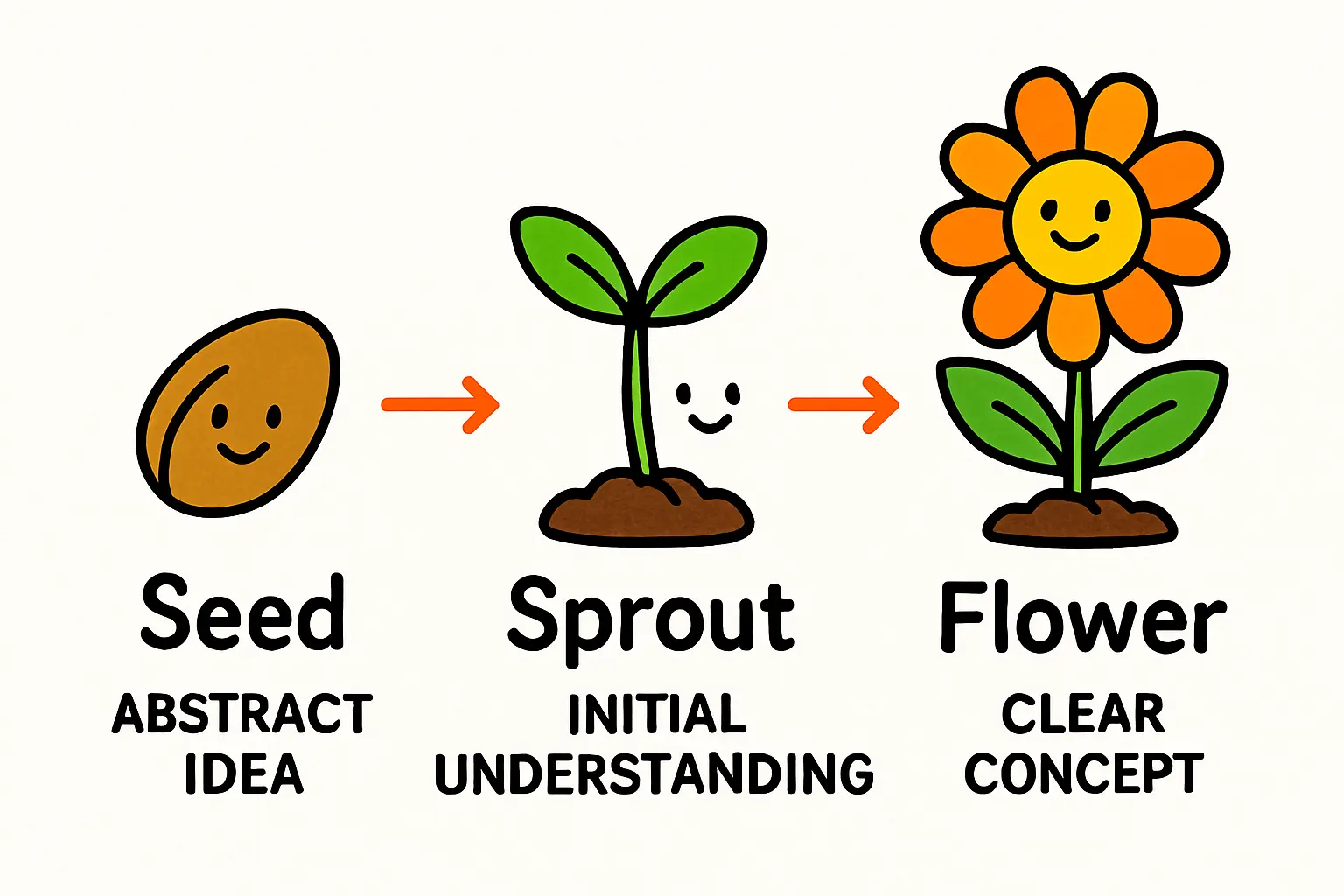
2. Structuring for Stability: Onshore vs. Offshore Holding Companies
The legal structure of the investment is as important as its financial composition. Structuring investments through an offshore holding company located in a jurisdiction with strong Bilateral Investment Treaties (BITs)—such as Mauritius, the UAE, or the Netherlands—can offer significant legal protection against adverse events like expropriation or unfair regulatory treatment by the host government.
This provides investors with a layer of security and a path to international arbitration if necessary. This strategy hinges on a thorough understanding of the legal and regulatory framework for solar manufacturing in both the host country and the holding company’s jurisdiction.
3. Modeling for Uncertainty: Scenario Analysis and Sensitivity
In a volatile market, a single-point forecast is insufficient. A robust financial model must use extensive scenario analysis to stress-test the project’s viability against a range of potential negative events. For example, the model should be able to answer critical questions:
- What is the impact on our Internal Rate of Return (IRR) if the local currency devalues by 30%?
- Can the project still service its debt if there is a two-year delay in reliable grid connection for the factory?
- How do our margins change if the government suddenly imposes a new 15% tariff on imported raw materials?
By modeling these worst-case scenarios, entrepreneurs can build in financial buffers and contingency plans. This kind of detailed analysis is a prerequisite for any comprehensive solar factory business plan intended for serious investors.

Securing Capital: A Look at Key Funding Sources
With a de-risked structure and a robust model, the next step is approaching the right capital providers, each with different motivations and requirements.
Development Finance Institutions (DFIs) and Multilateral Banks
DFIs are often the first and most important source of capital. They can provide long-term debt at favorable rates, which is crucial for a capital-intensive project like a factory. Their mandate, however, extends beyond financial returns. They require strong evidence of developmental impact, such as job creation, increased energy access, and CO2 emissions reduction.
Be prepared for a rigorous due diligence process; DFIs often require extensive Environmental and Social Impact Assessments (ESIAs), which can add 6–12 months to the project timeline.
Private Equity and Impact Investors
Private equity (PE) firms and impact investors provide essential equity capital. They are willing to take on higher risk in exchange for higher potential returns and typically seek a clear exit strategy within a 5-to-7-year timeframe, such as a sale to a larger industrial player.
These investors focus heavily on the quality of the local management team and the scalability of the business model. They often seek a preferred equity position, which gives them priority on returns over other equity holders.
Local and Regional Banks
Local banks play a supportive role, often co-financing alongside DFIs. While they possess invaluable local market knowledge, they are generally hesitant to lead financing for large, new industrial projects without the security of a DFI guarantee or significant hard currency collateral.
A Practical Example: Modeling a 50 MW Solar Module Factory
To make these concepts tangible, consider a semi-automated 50 MW solar module production line.
- Initial Investment: The cost to start a solar panel factory of this size typically falls in the range of USD 8–12 million for machinery and initial setup.
- Capital Structure: A bankable structure would likely involve 30% equity (from project sponsors and a PE fund) and 70% debt (a blend of a DFI loan and a smaller commercial loan).
- Revenue Drivers: The primary revenue source is the sale of solar modules, with prices often benchmarked against international spot market rates to ensure competitiveness.
- Cost Centers: Key variable costs include raw materials like polysilicon wafers, solar glass, and aluminum frames. Major fixed costs include labor and, critically, debt service payments. The financial model must show sufficient cash flow to cover these obligations, even under adverse scenarios.

Frequently Asked Questions (FAQ)
What is IRR and why is it important for investors?
IRR, or Internal Rate of Return, is the annualized effective rate of return that a project is expected to generate. For investors, the projected IRR must exceed their minimum required rate of return (or ‘hurdle rate’) for a project of that risk level. In post-conflict markets, this hurdle rate is significantly higher than in stable economies.
How long does it typically take to secure DFI funding?
Securing DFI funding is a lengthy process. From the initial expression of interest to the final disbursement of funds, entrepreneurs should plan for a timeline of 12 to 18 months. This timeline reflects the rigorous due diligence, including technical, financial, and environmental assessments, that DFIs must conduct.
What is political risk insurance and is it necessary?
Political risk insurance (PRI) is a specialized product that covers losses arising from government actions or political instability. This includes events like expropriation (government seizure of assets), political violence, and currency inconvertibility. For private lenders and equity investors in post-conflict zones, PRI is almost always a non-negotiable requirement.
Can I fund a project with 100% debt?
This is highly unlikely in any market and virtually impossible in a post-conflict economy. Lenders and DFIs require project sponsors to have significant ‘skin in the game.’ A minimum equity contribution of 20–30% is standard, as it demonstrates the sponsor’s commitment and aligns their financial interests with those of the lenders.
Conclusion: Building a Bankable Future
Financing a solar manufacturing venture in a post-conflict economy is a complex undertaking that goes far beyond standard financial projections. Success depends on a strategic, non-traditional approach that skillfully blends public and private capital, incorporates robust risk modeling, and is protected by a sound legal structure.
While the financial landscape is challenging, it is navigable. The immense demand for energy and the potential for high returns create compelling opportunities for well-prepared entrepreneurs. The key is to recognize that one does not need to be an expert in DFI financing or international law from day one.
With the right guidance and a methodical approach, it is possible to build a bankable project that delivers both financial returns and lasting developmental impact. Platforms like pvknowhow.com provide structured educational resources to help entrepreneurs understand these complexities before committing significant capital, paving the way for a more informed and successful investment journey.

